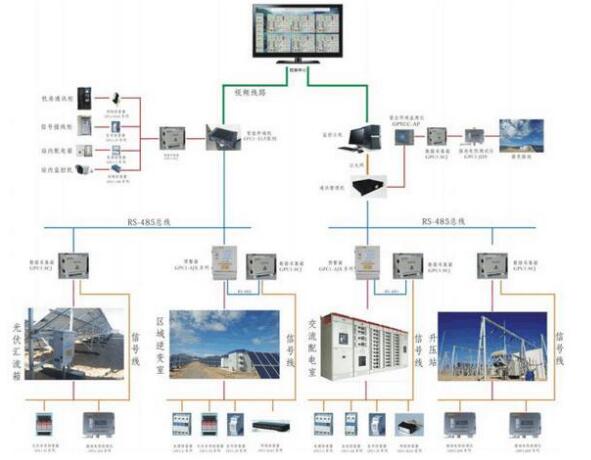Lightning Protection Technology for Photovoltaic Power Stations
XB200 Asbestos Rubber Gasket
Description:XB200 Asbestos Rubber Gasket is a kind of low pressure asbestos sealing materials,it made by good asbestos fiber with rubber and other chemical materials ,compression molding it in thick paper fashion.
Usage:Suitable for ordinary water caliduct equipment and low pressure.For water and steam transmitted in the joints of facilities and pipelines.
TEMP:200℃(max)
PRESS:1.5MPa(max)
Dimension:
1500×1500mm;1500×1000mm;1540x1360mm
1270×1300mm; 3810×1300mm
Thickness: 0.5~6.0mm
Technical data:
Lateral Tensile Strength/MPa ≥ 6.0
Aging coefficient ≥ 0.9
Loss on ignition/% ≤ 30.0
Compression ratio/% 7~17
Recovery/% ≥ 35
Creep relaxation rate/% ≤ 50
Density(g/cm3) 1.6~2.0

4100×1500mm; 4500 x 1500mm;2000×1500mm;


Xb200 Asbestos Rubber Gasket,Asbestos Rubber Gasket,Red Asbestos Rubber Jointing Sheet,Asbestos Gasket Sheet
HEBEI HENGDA SEALING MATERIALS CO.,LTD. , https://www.hengdasealing.com
